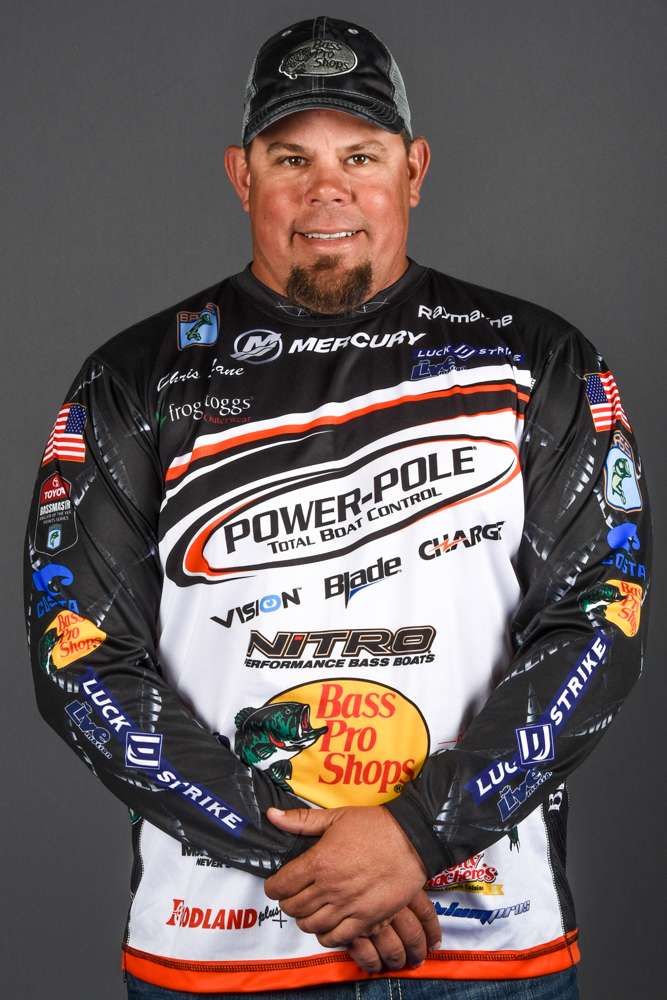This week we’re going to talk about fishing lily pads. The best place to start, in my opinion anyway, is by breaking them into three types. My categories are not intended to be scientific. They’re what I see as an angler and what I fish when I’m on the water. I don’t pretend to be a botanist.
Let’s go with dollar pads first. These are the little ones that grow close together in thick groups. They’re almost like grass, and they can be hard to fish because almost any lure you throw, except for a Texas rigged plastic bait, will snag and get hung in them.
The thing is, though, they hold bass. They’re good all year but they’re especially productive during the prespawn and in the fall when they’re legendary for holding big females just before cold weather sets in.
I call the next group elephant ears. These are the real big, almost giant-like pads. They’re tough, too.
Elephant ears lay flat on top of the water. Some of them are so big and strong that they’ll hold a sizeable frog, live or artificial. The most important thing to remember about them is that their outside edge will mark the drop into deep water. They’ll form an almost perfect line along the channel break.
You can fish elephant ears with almost anything. Snag Proof frogs, topwater baits, and jigs are all good. And never pass up an opportunity to flip and pitch them with your favorite plastic. They can also be fished very effectively with our new Luck “E” Strike plastic stickbait, the Poww Stick. It’s not available yet, but it will be after ICAST in July.
The final group is made up of bonnet pads. These are the ones that grow up above the water’s surface. They look like bonnets sticking up, out of the water on someone’s skinny neck. Bonnet pads have large leaves and fairly thick stems. It’s not unusual to find miles and miles of them in shallow, warm water lakes.
Because they make shade and hold baitfish, they’re at their best from the spawn through the summer. I fish them with a Texas rigged worm, a jig or a plastic stickbait.
You’ll note that I haven’t said much about how to fish pads other than to give you some general information about lure choices. I’m not holding that information back. It’s just that I don’t have any real good pointers for you. Fishing pads is something you have to do if you’re going to be any good at it.
Nothing replaces experience when you’re looking at a pad field. There’s no rule about what to fish and how to fish it. It’s the kind of thing that you’ll know when you see it, and only then after a lot of experience. A spot will simply look fishy and you’ll know instinctively that it’s worth a cast or two.
Next Tuesday we’ll talk about grass. You might be surprised at how different it is from lily pads.
Chris Lane’s column appears weekly on Bassmaster.com. You can also find him on Twitter and Facebook or visit his website, www.chrislanefishing.com.





